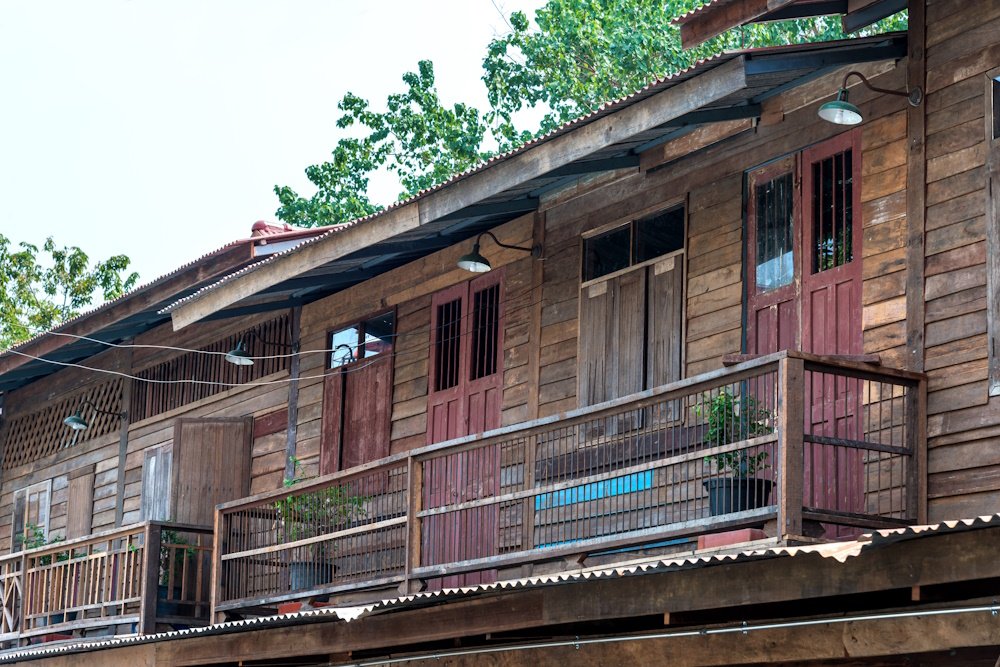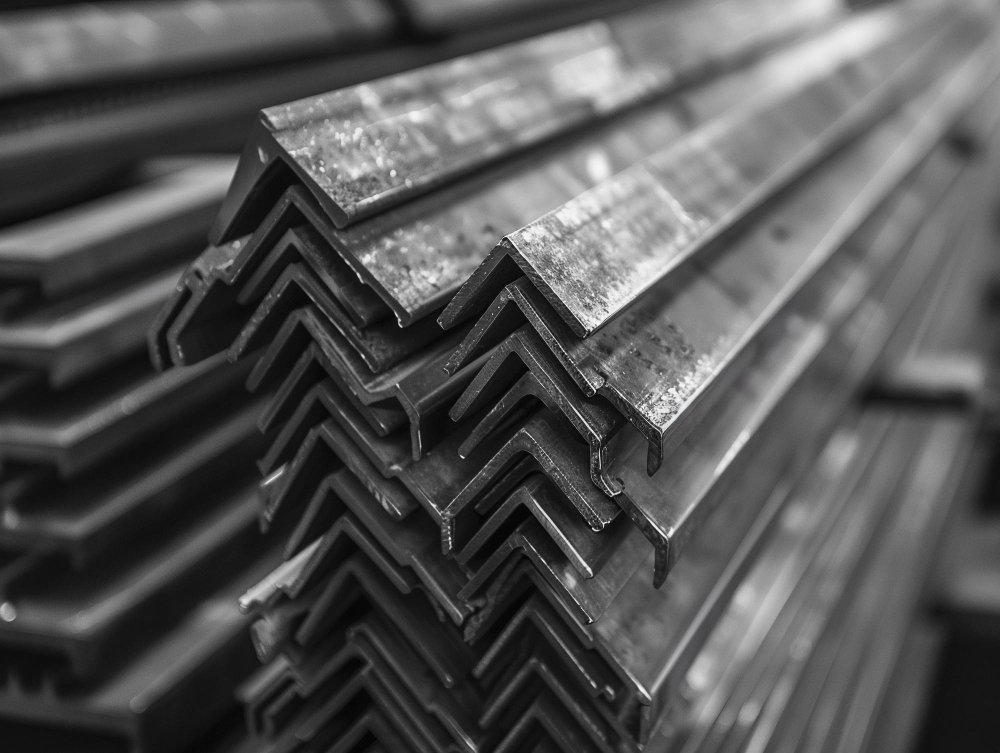The Philippines is hit by strong typhoons every year. They often leave behind huge damage, especially to homes and buildings. Rebuilding after a typhoon is a massive challenge. It needs materials that are quick to put up. They must also be strong enough to last and fight off future disasters. Regular building materials often break in these tough conditions. So, we need new and better ways to build safe and lasting structures. Biowood is one such good material. This man-made product is becoming very important in building back stronger. This article will look at the important role of Biowood in the Philippines in helping communities get better and build stronger after typhoons.
Challenges of Post-Typhoon Rebuilding
After a typhoon hits, communities face many problems in rebuilding:
Material Scarcity and Cost: Getting enough quality building materials quickly can be hard and expensive.
Vulnerability of Traditional Materials: Real wood, often used in homes, is easily hurt by water. It swells, bends, and quickly rots or grows mold. Plywood can split apart and break.
Termite Infestation: Wet, humid conditions following floods are great for termites. These bugs can quickly get into weakened wooden buildings. This causes more long-term damage.
Repeated Damage: If new buildings use the same weak materials, they will likely get damaged again in the next storm. This produces a cycle of deconstruction and reconstruction.
Slow Construction: Using old building methods can be slow. This leaves many people without good shelter for a long time.
These problems show we need new materials. These can stand up to the Philippines’ tough climate.
What is Biowood?
Biowood is a Wood Plastic Composite (WPC) material. It’s made from a special mix of old plastics, wood pieces, and other things added. These objects are then combined under high temperatures and pressures. This makes a solid, even material that looks and feels like real wood. But Biowood is made to be much stronger against threats from nature. How it’s made gives it special features. These make it great for tough climates. This includes places like the typhoon-hit areas of the Philippines.
How Biowood Addresses Rebuilding Challenges
Biowood in the Philippines offers certain benefits that directly fix problems seen after typhoon rebuilding efforts:
1. Extreme Water and Humidity Resistance
One of Biowood’s biggest strengths is its resistance to water. Real wood soaks up water and rots. Biowood, however, takes in very little moisture. This stops swelling, bending, and cracking. This is true even after long time in floodwaters and heavy rains. It doesn’t have tiny holes, so it also stops mold and mildew from growing. This keeps buildings clean and strong. This feature is very important for homes that face tropical storms.
2. Termite Proofing
Termites grow well in the warm, wet conditions after typhoons. Regular wooden buildings become easy targets. Termites find biowood unpleasant and difficult to digest due to its chemical makeup. The wood pieces are covered in plastic. This gives termites no way to eat. This means Biowood structures stay safe from these harmful bugs for many years. This adds a very important layer of lasting protection against damage.
3. Enhanced Durability and Strength
Biowood is a dense and strong material. Its steady makeup means it has no knots or weak spots like real wood. This makes it better at fighting high winds and hits that happen during typhoons. No material can stand up to every force of nature. But Biowood greatly improves how well buildings can bounce back. This helps them stay whole when regular materials might break.
4. Speed and Ease of Construction
Many Biowood products come in standard shapes. They can be easily cut, drilled, and put in place. This often makes building faster. After a typhoon, fast building means people can get into safe homes much sooner. It is lighter than some other strong materials. This also makes it easier to move and handle in far-off or hard-to-reach areas.
5. Low Maintenance
After rebuilding, communities often don’t have enough money or people for constant care. Biowood needs very little maintenance. It doesn’t need regular painting, staining, or sealing to protect it from weather or bugs. This lowers the burden on families and local governments hit by typhoons. This lets them focus on other ways to get better.
6. Sustainable Rebuilding
Biowood in the Philippines is an earth-friendly choice. It often uses old plastics, which lowers plastic trash. It also uses wood pieces from sources that can be replaced. This takes pressure off natural forests. Choosing Biowood helps us rebuild in a more careful way. This fits with the long-term goal of making earth-aware and strong communities.
Applications of Biowood in Post-Typhoon Rebuilding
Biowood can be used in many ways when rebuilding:
Housing: For walls, flooring, roofing support, and external cladding in new or repaired homes.
Community Structures: Perfect for building safe and strong community centers, schools, and temporary shelters.
Infrastructure: For boardwalks, fences, and public benches in areas that often flood or have coast erosion.
Benefits for Affected Communities
By choosing Biowood, communities gain:
Safer Homes: Buildings are better at fighting future storms and bugs.
Reduced Future Risks: Less chance of repeat damage means less money spent on constant repairs.
Long-Term Cost Savings: Little care and strength mean lower costs over time.
Faster Recovery: Quicker construction helps people return to normal life sooner.
Key Takeaway
The constant problem of typhoon damage in the Philippines needs building materials that are truly strong. Biowood in the Philippines gives an effective solution to this problem. Its special ability to fight water, humidity, and termites, along with its strength and easy use, makes it a great choice for rebuilding after typhoons. By using Biowood, the Philippines can build stronger, safer, and more earth-friendly communities. These will be better ready to face nature’s power. This ensures a more hopeful and safe future for people living in areas often hit by disasters.
















Leave a Reply